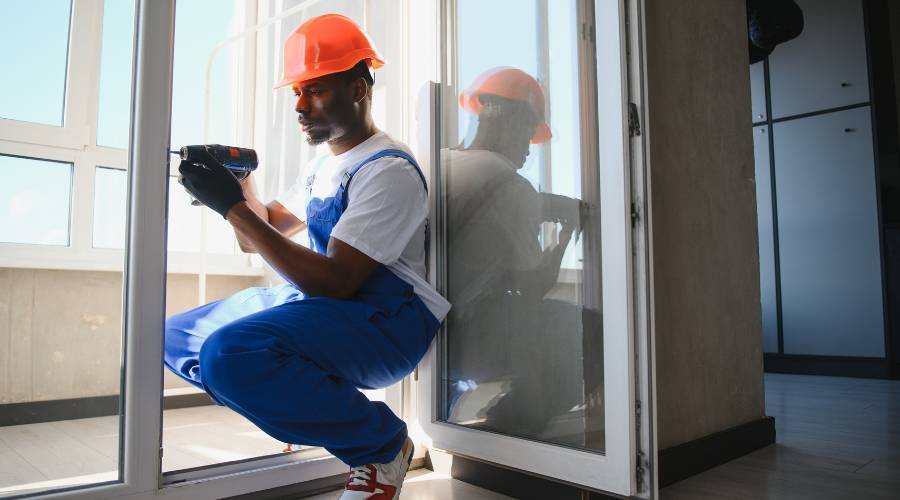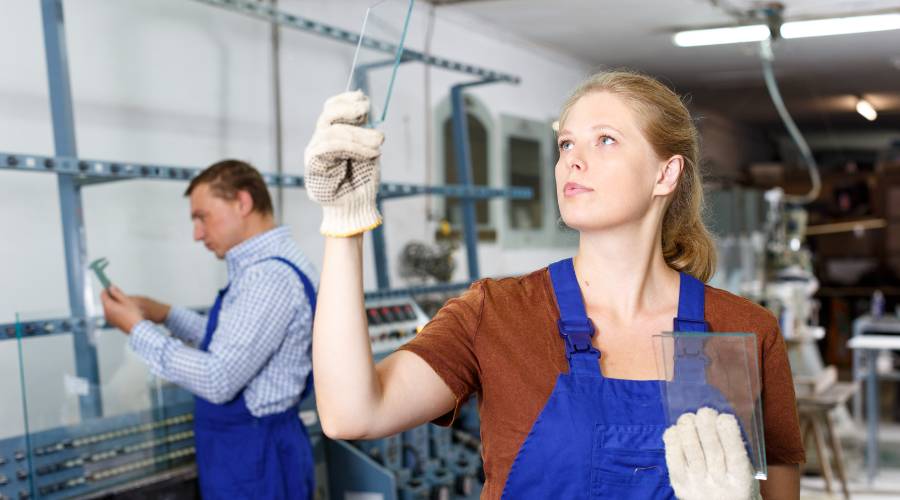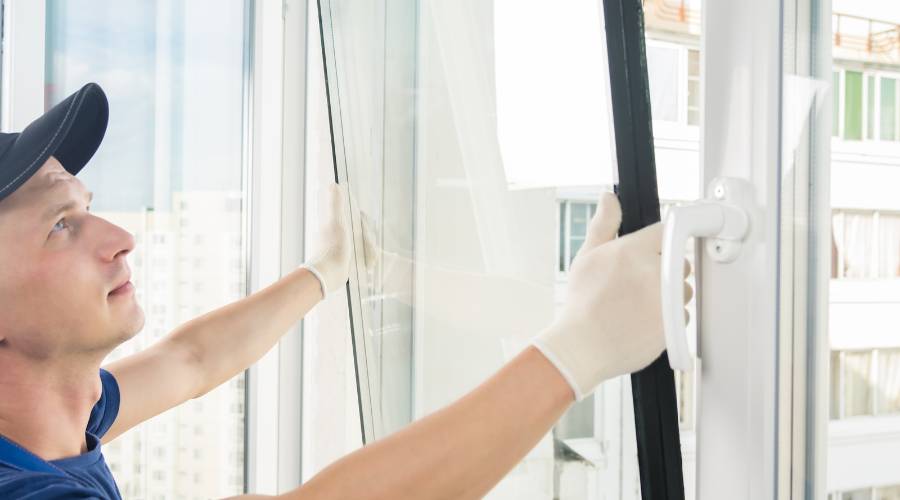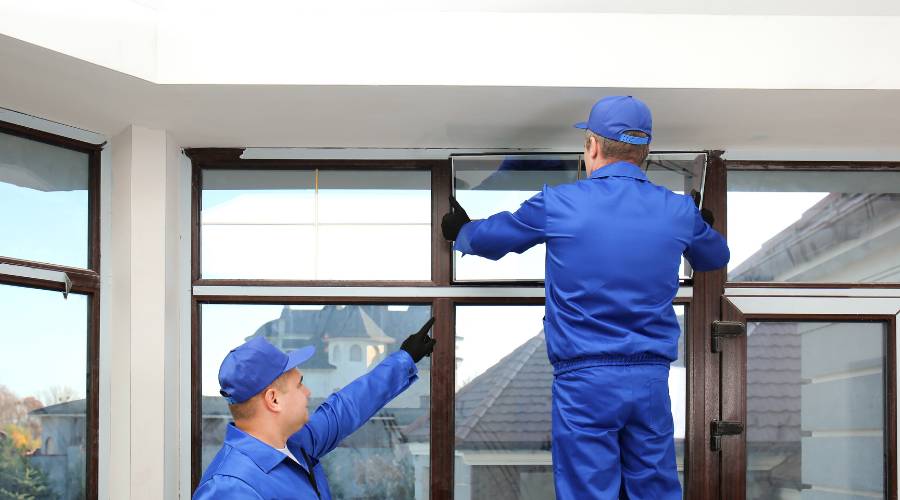Brisbane households spend more on air conditioning than almost anywhere else in Australia, with cooling costs averaging $800-1,200 annually per home. Yet most Brisbane families don’t realise their windows might be the biggest culprit in these escalating energy bills. After three decades of retrofitting energy-efficient glazing in Brisbane homes, I’ve seen families reduce their cooling costs by 30-40% through strategic window improvements that actually enhance rather than compromise their home’s character.
Why Brisbane Windows Work Against You
Brisbane’s climate creates unique challenges for residential glazing that make standard windows surprisingly inefficient for our conditions, often turning your home into a greenhouse when you need it to stay cool.
The Queensland Heat Gain Problem
Brisbane’s intense sun creates solar heat gain through windows that can add the equivalent of running several electric heaters inside your home throughout the day.
Heat gain calculations:
- Single-glazed windows: Can add 200-400 watts of heat per square metre during peak sun
- Large glass areas: Floor-to-ceiling windows can add 2-3kW of unwanted heat
- Western exposure: Afternoon sun creates peak heat gain when outdoor temperatures are highest
- Cumulative effect: Multiple windows create heat loads that overwhelm air conditioning systems
Brisbane-specific factors:
- Extended summer season: Heat gain affects cooling costs for 6-8 months annually
- High angle sun: Brisbane’s latitude means sun penetrates deep into homes through windows
- Reflected heat: Light-coloured pavements and buildings increase total heat load on windows
Traditional Window Heat Transfer
Standard windows lose and gain heat through three main mechanisms that are particularly problematic in Brisbane’s climate.
Heat transfer methods:
- Conduction: Heat moves directly through glass material
- Convection: Air movement transfers heat between indoor and outdoor surfaces
- Radiation: Sun’s energy passes through glass and converts to heat inside homes
Brisbane amplification factors:
- Temperature differentials: 15-20 degree differences between indoor and outdoor temperatures increase heat transfer rates
- UV intensity: Queensland’s UV levels increase radiant heat gain through standard glass
- Humidity effects: High humidity makes any additional heat feel more uncomfortable, increasing air conditioning demand
The Air Conditioning Vicious Cycle
Inefficient windows create a vicious cycle where air conditioning works harder, costs more, and still doesn’t maintain comfortable temperatures effectively.
Cycle components:
- Windows admit excessive heat: During the day
- Air conditioning works overtime: To remove unwanted heat
- Energy bills increase: Whilst comfort decreases
- System wears out faster: From overwork
- Replacement costs: Add to total ownership expenses
Understanding Energy-Efficient Window Technologies
Modern glazing technologies specifically address Brisbane’s climate challenges through scientific approaches that reduce heat gain whilst maintaining natural light and architectural appeal.
Low-E (Low Emissivity) Glass Coatings
Low-E coatings are microscopically thin metallic layers applied to glass that selectively control which types of energy pass through whilst maintaining visual clarity.
How Low-E works:
- Reflects infrared radiation: Bounces heat-generating energy back outside
- Allows visible light: Maintains natural lighting and visual connection to outdoors
- Selective filtering: Different coatings optimised for different climate zones and orientations
Brisbane Low-E benefits:
- Reduced solar heat gain: 30-50% reduction in unwanted heat entering homes
- Lower cooling costs: Reduced air conditioning load translates directly to lower electricity bills
- Improved comfort: More even temperatures and reduced hot spots near windows
- UV protection: Reduces fading of furniture, carpets, and artwork
Double Glazing for Brisbane Conditions
Double glazing creates an insulating air gap between two glass panes that significantly reduces heat transfer, though selection must consider Brisbane’s specific climate requirements.
Double glazing components:
- Insulating air gap: Usually 12-16mm space that reduces conductive heat transfer
- Edge sealing: High-performance seals that maintain air gap integrity in humid conditions
- Desiccant systems: Moisture control that prevents condensation within the sealed unit
- Gas filling: Argon or other gases that improve insulating performance
Brisbane considerations:
- Humidity resistance: Edge seals must handle Queensland’s high humidity without failure
- Thermal expansion: Large temperature variations require appropriate expansion allowances
- Orientation specific: Different performance requirements for north, east, south, and west-facing windows
Tinted and Reflective Glazing Options
Tinted and reflective glass provides solar control through absorption or reflection of solar energy, offering different aesthetic and performance characteristics.
Tinted glass types:
- Bronze tint: Warm appearance that complements traditional Brisbane architecture
- Grey tint: Neutral appearance that maintains colour accuracy
- Blue-green tint: Contemporary appearance popular in modern developments
Reflective glazing:
- External reflection: Mirrors solar energy away from building
- Privacy benefits: Reduces visibility into homes during daylight hours
- Aesthetic considerations: Creates contemporary appearance that may not suit all architectural styles
Retrofit Solutions for Existing Brisbane Homes
Most Brisbane homes can achieve significant energy improvements through window retrofits that work within existing architecture whilst delivering substantial cooling cost reductions.
Window Film Applications
Professional window film installation provides immediate energy efficiency improvements at a fraction of the cost of complete window replacement.
Film technology options:
- Ceramic films: Non-metallic technology that doesn’t interfere with electronics
- Metalized films: Maximum heat rejection with mirror-like appearance
- Hybrid films: Balanced performance and aesthetics for residential applications
- Decorative films: Combine energy efficiency with privacy or aesthetic enhancement
Brisbane film benefits:
- Immediate improvement: Installation completed in one day with immediate energy savings
- Cost-effective: Fraction of replacement cost with significant performance improvement
- Reversible: Can be removed if circumstances change
- UV protection: Protects furnishings whilst reducing heat gain
Glass Replacement Strategies
Strategic glass replacement allows homeowners to upgrade most problematic windows first whilst spreading costs over time for budget management.
Replacement prioritisation:
- West-facing windows: Greatest heat gain and most significant improvement potential
- Large glass areas: Highest total heat load and greatest absolute savings
- Living areas: Spaces where comfort improvement provides greatest lifestyle benefit
- Bedrooms: Improved comfort affects sleep quality and reduces overnight cooling costs
Integration with existing frames:
- Frame compatibility: Many energy-efficient glass types work with existing window frames
- Seal upgrades: New glass installation includes upgraded seals for better performance
- Hardware improvements: Opportunity to upgrade locks, handles, and operation mechanisms
Whole Window Replacement Planning
Complete window replacement provides maximum energy efficiency improvement and allows architectural enhancement whilst addressing energy performance comprehensively.
Replacement planning:
- Energy auditing: Professional assessment identifies highest impact improvements
- Architectural integration: New windows that enhance rather than compromise home character
- Staged implementation: Spreading costs over multiple years whilst prioritising most beneficial improvements
- Performance monitoring: Measuring actual energy savings to validate improvement investments
Brisbane Home Style Considerations
Energy-efficient window improvements must complement Brisbane’s diverse architectural styles, from heritage Queenslanders to contemporary designs, ensuring performance improvements enhance rather than compromise character.
Queenslander Heritage Homes
Traditional Queenslanders present unique opportunities for energy efficiency improvements that can be achieved whilst maintaining heritage character and council approval requirements.
Heritage considerations:
- Character maintenance: Energy improvements that don’t compromise architectural authenticity
- Council requirements: Working within heritage overlay restrictions whilst achieving performance improvements
- Appropriate materials: Modern technology in traditional profiles and appearances
- Reversible improvements: Solutions like window film that can be removed if required
Queenslander-specific solutions:
- Casement windows: Modern energy-efficient glass in traditional timber frames
- French doors: Low-E glass in heritage-style door configurations
- Awning windows: Traditional opening methods with contemporary glazing performance
- Screen integration: Combining traditional screens with energy-efficient glazing
Post-War and Mid-Century Homes
Brisbane’s substantial stock of post-war homes offers excellent opportunities for energy efficiency improvements that complement the era’s emphasis on indoor-outdoor living.
Mid-century characteristics:
- Large glass areas: Extensive glazing that benefits significantly from energy-efficient treatments











